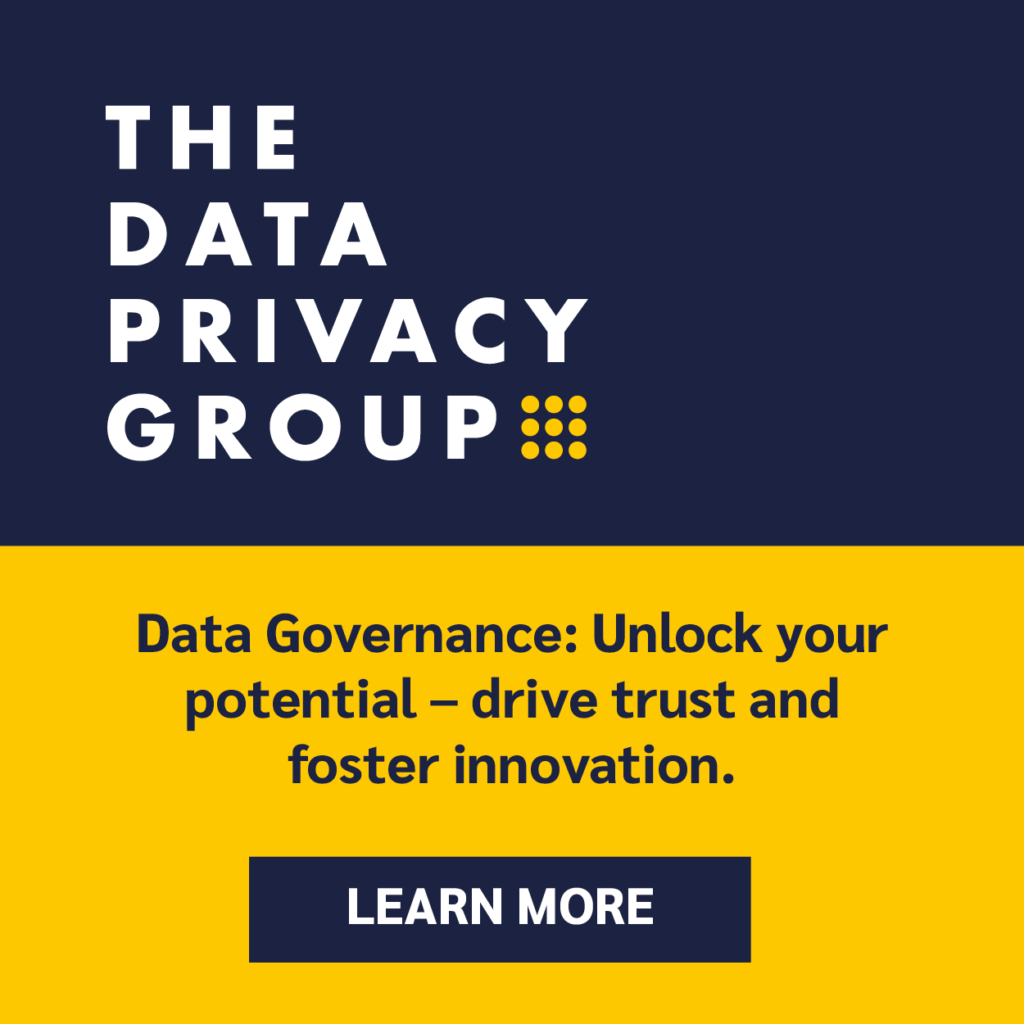Framework Component #1: Mission and Value
The mission of every Data Governance program should be to deliver value to the organization. It typically achieves this by
- Adding to the value of the organization’s products, services, processes, capabilities, and assets;
- Reducing cost, complexity, confusion, and delays;
- Reducing risk.

Lofty goals, such as the statement above, are not enough to justify a Data Governance program, however. After all, Data Governance itself rarely produces direct revenue, and its mere existence cannot directly reduce cost or risk. Rather, Data Governance provides outputs that affect something else, resulting in value.
And so, Data Governance programs usually establish value-delivery approaches that take into account their organizations’ unique conditions, cultures, and pain points. Each program crafts a unique mission based on those factors. At the onset of a program, and then periodically, program leaders meet with others from the organization to review the factors that shape successful programs. These include:
- Existing Governance
- How are decisions about Data Management made?
- What decision-making bodies exist to address data needs?
- How involved are potential beneficiaries in making decisions about data?
- Existing Management
- What is leadership’s perception of Data Governance and Management?
- Is Data Management its own function, or is it folded into Technology Management?
- Do functions performing Data Analysis and Data Science have a voice in Data Management?
- Existing Data
- Does the organization develop Data Products that it sells or shares?
- Does the organization face significant Compliance Risk because of its current data practices?
- What do Data Analytics and Data Science say about the data they work with?
- Expectations for the program
- What has leadership said it expects from Data Governance?
- What are business and compliance programs expecting from Data Governance?
- What are technology teams expecting from your program?
- Governance Lenses
- Is the Data Governance program intended to provide strategic input directly to the organization’s leadership team?
- Is it expected to focus on its convening power to increase alignment of priorities, resources, and outputs to benefit many efforts?
- Is it expected to concentrate on only a few types of outputs, such as Data Quality, a Glossary, focused Compliance, or support for a specific program?
- Governance Culture
- How much actual power will be granted to Data Governance?
- Will it be positioned as primarily and advisory or compliance function?
- What is its expected depth and breadth of influence?
The answers to these questions should help define what a Data Governance program attempts to achieve. It may be positioned as a strategic function, led by a Chief Data Officer (CDO) with a mandate to optimize data assets for the entire organization and become ready for the future, being advised by other leadership functions who rely upon those data assets. At the other extreme, it may be a small function delivering value to a targeted beneficiary, but without expectations from others.
Or, your Data Governance program may fall somewhere in the middle.
- It may be a visionary function, focused on peer organizations and the future, collaborating with strategists in a way that informs and influences, (but does not control) a collaborative view of the future. Such a program’s outputs might be designed to guide the organization into the desired future, and as guardrails to prevent its assets from being unfit for future use.
- It may function as a change agent, giving attention to programs and processes and technologies under development. In this scenario, Data Governance may be charged with keeping an eye on “the big picture” so that others can attend to their specialties and details. The role of Data Governance in this scenario might be to constantly observe, describe, and facilitate balance between efforts’ risk and reward, value-add and compliance, the needs of strategic stakeholders and the needs of automated systems. Such a program’s outputs might be analysis, decision-making and the decision rights for those decisions, accountabilities for action items coming out of those decisions, and oversight responsibilities for those actions. Data Governance may work closely within a System Development Life Cycle (SDLC) or a Data Development Life Cycle (DDLC) to identify points where features and controls should be inserted.
- Your Data Governance program may serve as a bridge between technology and the rest of the organization, or as an aligner between Risk/Compliance and value-producing functions. It may be expected to be a convener of stakeholders who can provide input on the organization’s data-centric needs: what capabilities, products, resources. The role of Data Governance in this scenario might be to identify individuals able to articulate needs at the right time in technology and data lifecycles, and to bring them together with legal, compliance, security, and other stakeholders. It may need to work at all levels of the organization, and to serve as a universal translator.
Or, your Data Governance program may be inward focused, governing Data Architecture, Tools, and Data Management practices. It may be positioned to be a strategic enabler, serving to articulate opportunities and risks, helping leadership decide how best to manage assets now and in the future. It may seem odd to have to envision an entire program before committing to your Data Governance mission and value statement. But this is the secret of successful Data Governance programs. They understand what is expected of them, and by whom. They understand whether they can deliver on those expectations, given their organization’s conditions and culture. They balance that against where they would be positioned within the organization, and the value of what they can produce from that position. They craft a series of specific value statements, and they make it their mission to deliver that value.
Read more: Demonstrating Value and Setting Goals & Principles




